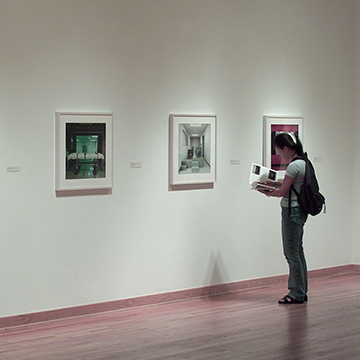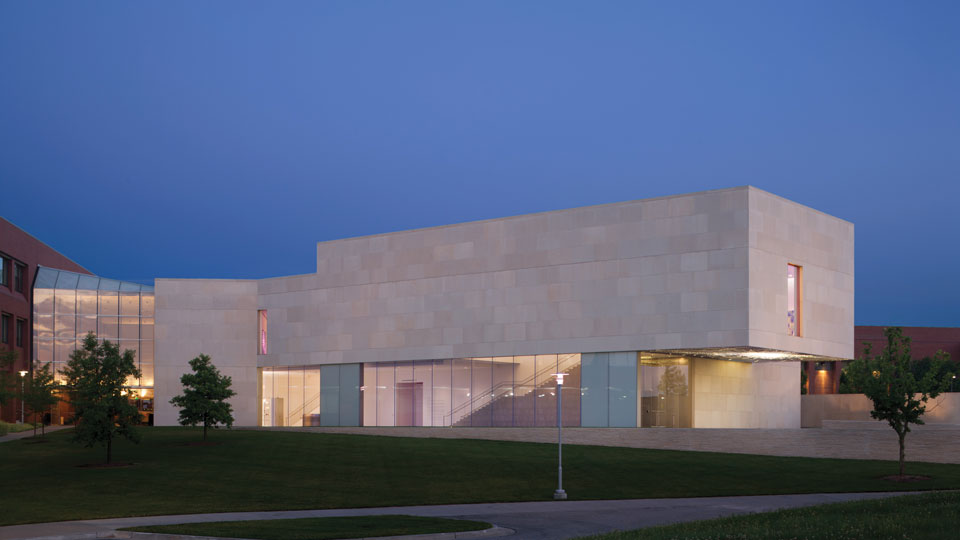Lucinda Devlin and Stephan Tourlentes
Lucinda Devlin · The Omega Suites
Stephan Tourlentes · Building Absence
Lucinda Devlin and Stephen Tourlentes show us how we treat the people our society finds least desirable. The two do so obliquely - their images are devoid of human presence. Indeed, these artists focus upon the techniques we employ to deal with the people we condemn: We lock them up, and- in certain cases where lives have been taken - we put them to death. Tourlentes shows us penitentiaries situated in landscapes, and Devlin depicts the inside of holding cells, witness rooms and execution chambers. Significantly, both artists treat this highly charged subject matter in a seemingly nonjudgmental fashion, thereby allowing us to make up our own minds about incarceration and capital punishment. The result of these photographers' sensitivity to the formal beauty of things is visual splendor coupled with a level of horror that is barely fathomable. This relationship, fraught with tension and common to both art and life, is the underlying theme of this exhibition.
Omega is the twenty-fourth and last letter of the Greek alphabet. Like death, it marks the end of a cycle. In The Omega Suites, Devlin examines our officially sanctioned methods of executing criminals in different parts of the United States. The intellectual rigor she applies in drawing up her iconography of the spaces and instruments of death is modeled upon the clinical precision and detachment of the German school of photography. The influential typologies of industrial architecture established by the photographic team of Hilla and Bernd Becher are obvious precedents, as are the earlier documentary endeavors of August Sander and Karl Blossfeldt. Classification is a prelude to meaningful comparison, an activity greatly facilitated by photography. Devlin assumes her rightful place within this distinguished tradition.
Stephen Tourlentes is interested in ambiguity and auras of mystery. He photographs prison camps at night, from the outside, and from a distance ranging anywhere from half a mile to a mile away. These nocturnes are shot from ground level, in black and white, with an 8" x 10" Deardorff. Because he relies solely upon the available light sources, this artist uses a wide-lens aperture and prolonged exposure times, ranging from five minutes to as long as two hours. Hence, his photographs become meditations upon the effects of prison floodlights in space and-by implication - time. It is always "daytime" in prison, and one goes to prison to "do time."
Tourlentes is concerned with the proliferation of prisons in the American landscape. He explores to what extent these places of incarceration and execution mesh with their surrounding environment. He has discovered that prisons are relatively inconspicuous when viewed from a distance in daylight. The opposite is true at night, when these compounds are flooded with bright light for security reasons. Tourlentes has chosen the traditional horizontal format of landscape painting to examine this phenomenon.
Gallery guide essay text by Michael Amy, critic and art historian, Rochester NY, June 2001.





